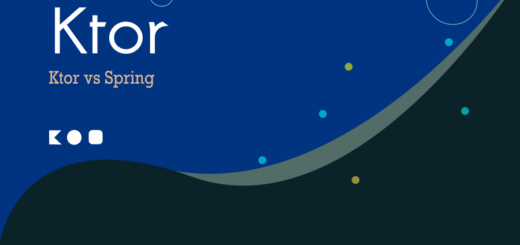Jetpack Compose vs XML UIs: Which is better?
Jetpack Compose vs XML: Traditionally, XML has been the go-to choice for creating UI layouts in Android apps. However, in recent years, a new player has entered the arena – Jetpack Compose. We’ll explore the differences between Jetpack Compose and XML, and help you decide which one is the right tool for your next Android project.

Jetpack Compose vs XML:The Basics
Jetpack Compose is a modern, declarative UI toolkit for building native Android applications. It allows developers to create UI components using a Kotlin-based domain-specific language (DSL). This means you can define your UI elements in code, making the process more intuitive and efficient.
XML, which stands for eXtensible Markup Language, has been a staple in Android development for years. It uses a markup language to describe the layout and appearance of UI elements. Developers create XML layout files and then use them to inflate views in their Android applications.
Customization of Jetpack Compose and XML
Jetpack Compose offers greater flexibility when it comes to customization. Since UI components are defined in code, you have more control over their behavior and appearance. You can easily create custom UI elements and apply dynamic changes based on user interactions.
While XML layouts are powerful, they may require additional work to achieve certain customizations. This can involve creating multiple XML files for different screen sizes or orientations, which can be time-consuming.
Maintenance and Efficiency
In terms of maintenance and readability, Jetpack Compose scores well. The code is more concise and easier to understand, which simplifies debugging and future updates. Changes to the UI can be made directly in the code, reducing the risk of inconsistencies.
It leverages modern rendering techniques to ensure smooth UI interactions. Since UI elements are created in code, unnecessary view hierarchies are minimized, which can lead to improved app performance.
XML layouts, especially in larger projects, can become challenging to maintain. As layouts grow complex, it becomes harder to track and manage all the XML files. Small changes may require modifications to multiple files, potentially leading to errors.
Additionally, XML-based UIs may require additional resources to parse and inflate, which can impact app startup times.
Advantages of Jetpack Compose
Ease of Use: The concise Kotlin syntax makes code more readable and reduces boilerplate.
Productivity: Faster development due to the elimination of XML files and seamless coding experience.
Customization: Greater flexibility for creating custom UI elements and handling dynamic changes.
Maintenance: Easier debugging and updates with direct code modifications.
Performance: Efficient rendering with minimized view hierarchies for smooth UI interactions.
Disadvantages of Jetpack Compose
Learning Curve : Developers familiar with XML may require some time to adapt to the new paradigm.
Compatibility: Not suitable for projects targeting older Android versions.
Advantages of XML
Widespread Adoption: XML is well-established, and many Android developers are already proficient in using it.
Separation of Concerns: A clear separation between layout and code can make collaboration between designers and developers more straightforward.
Resource Management: XML layouts can be easily organized and referenced.
Backward Compatibility: Suitable for projects targeting a wide range of Android versions.
Read : 10 reasons to choose Jetpack Compose
Disadvantages of XML
Boilerplate Code: XML layouts can lead to verbose and repetitive code.
Switching Context: Developers often need to switch between XML and code files.
Complexity: In larger projects, managing multiple XML files can become cumbersome.
Performance Overheads: Overly complex XML hierarchies can impact app performance.
Verdict
Jetpack Compose offers a more modern and efficient approach, with benefits such as ease of use, customization, and readability. However, it comes with a learning curve, and its compatibility may be limited for older Android versions.
XML layouts remain a valid choice, especially for developers who are already well-versed in their usage. They excel in their widespread adoption, separation of concerns, resource management, and backward compatibility. However, they can lead to more boilerplate code and complexity in larger projects.



